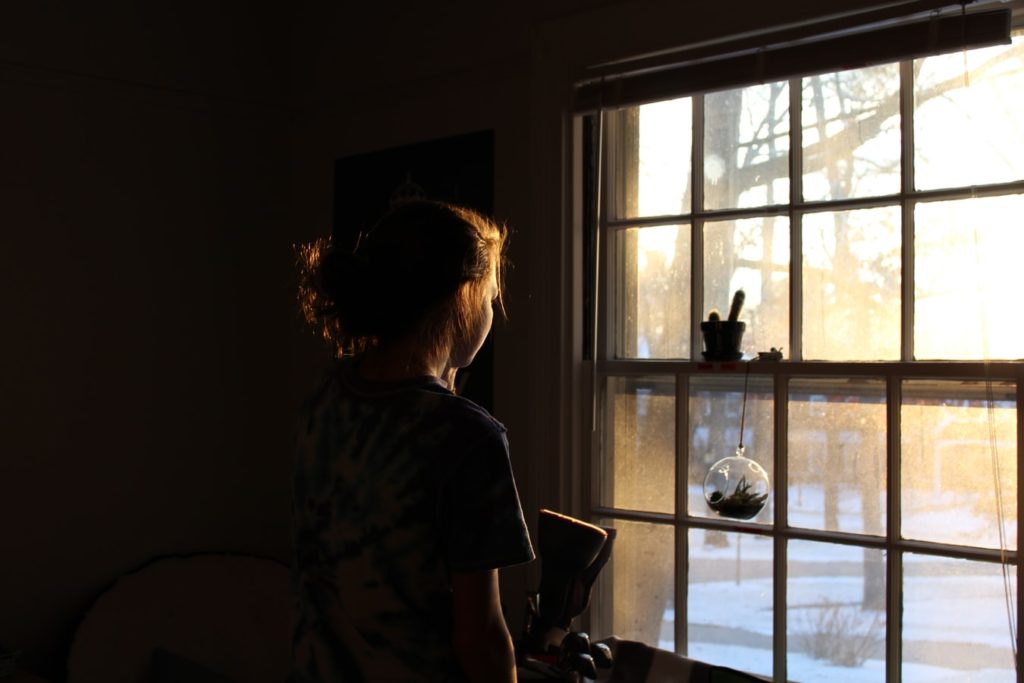Seasonal Affective Disorder is an extremely common, yet little-known, disorder. Also known as SAD, it is a type of depression related to changing seasons, most commonly causing symptoms in the fall and winter and easing up during the spring and summer. SAD is more common in adults than children and teens, but it still happens in younger people. Here’s what you need to know about SAD and how to help your child if they are struggling with it.
1. Signs & Symptoms
There are many signs and symptoms of SAD, and they vary widely from person to person. Some of the more common symptoms include low energy, problems with sleeping, and feelings of sluggishness or agitation. Your child may also have changes in their weight or appetite, losing interest in foods they once enjoyed or eating significantly more than normal. People with SAD also regularly experience difficulty concentrating, as well as feelings of worthlessness. Although your child may experience some of these things on occasion, after a couple of weeks of the same or increasing symptoms, it may be a good idea to visit your family doctor or mental health professional. SAD can get worse if left untreated, and may lead to problems at school or heightened risk of substance abuse.
2. Treatment options
To get a formal diagnosis, doctors may do a thorough evaluation to eliminate other options, including a physical exam, lab tests, and a psychological evaluation. These tests are important to rule out any changes due to normal child development, like a growth spurt, as well as any health issues that may be causing similar symptoms. Once diagnosed, doctors usually use one or a combination of three treatments: light therapy, medications, and psychotherapy. Light therapy, also known as phototherapy, involves sitting next to a special light box that mimics outdoor light right after waking up each day. Usually, if medications are chosen to help treat SAD, a doctor will prescribe an antidepressant. Psychotherapy, also known as talk therapy, can be helpful for many people as they learn healthy ways to cope with SAD and regular stress.
3. How you can help
One of the most important things you can do to help your child is to communicate well. While no one is perfect, by clearly communicating and intentionally voicing your support for them you can ease tension and encourage them through this difficult time. Other ways you can support them include being patient, helping with homework, and taking Seasonal Affective Disorder seriously. By showing your support in these ways, you are helping your child more than you know!
Now, you are more informed about the signs and symptoms of SAD, treatment, and how you can help your child! Remember to talk to a medical or mental health professional if you are concerned about your child’s health and wellbeing.








